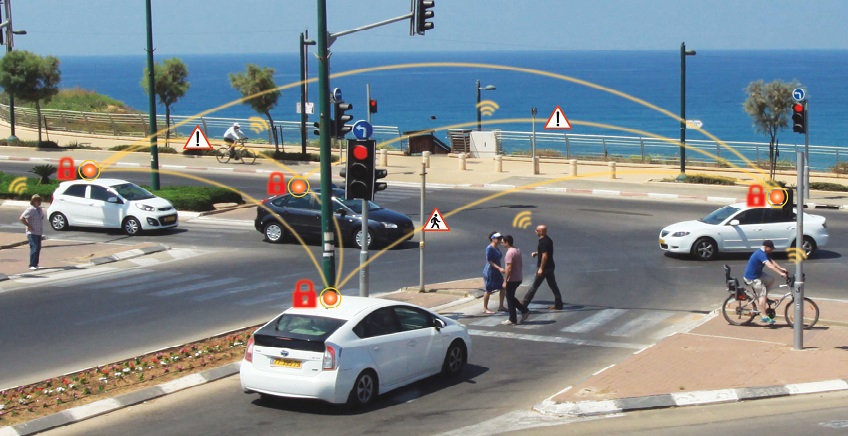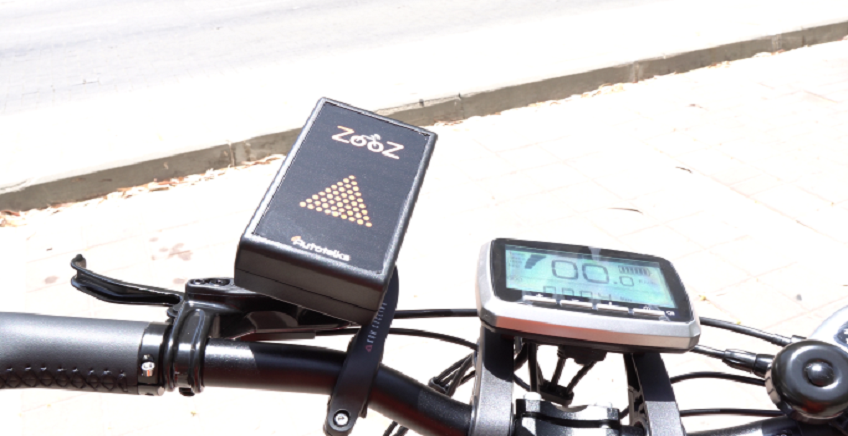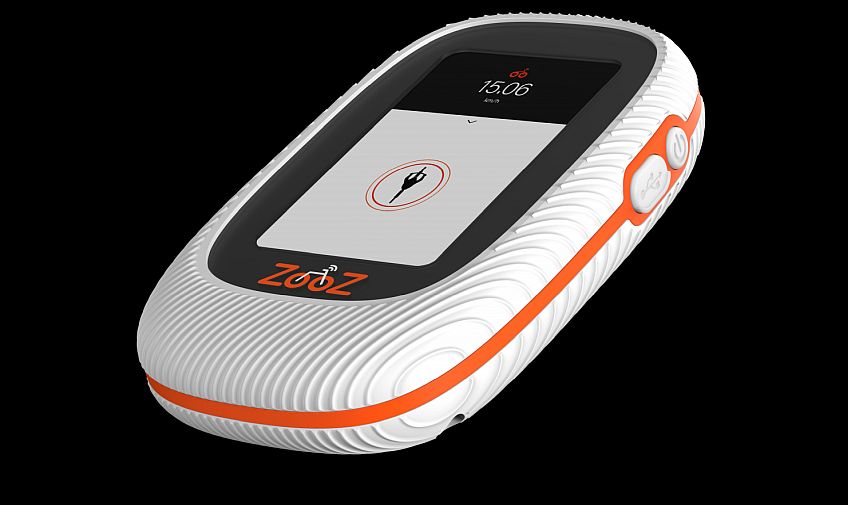Autotalks, a world leader in V2X (Vehicle-to-Everything) communication solutions, and Canyon, a world-leading direct-to-consumer bike manufacturer, have announced a technology development partnership to help reduce cycling accidents and improve cycling safety in traffic.
Canyon will pioneer the first-of-its-kind mass integration of V2X technology into some of its premium e-bikes, allowing other V2X equipped vehicles and infrastructure to receive a notification when a Canyon bike is nearby. The collaboration adds an exciting dimension to the connectivity already in place on many e-bikes within the company’s range.
Equipping bikes with this cutting-edge V2X technology will help bicycles get noticed on the road, increasing the safety of cyclists, and giving them extra confidence on the road. V2X technology features in a growing number of connected motor vehicles. It allows cars and lorries to communicate with V2X bikes and be alerted in advance of potentially dangerous situations. Autotalks’ V2X solution supports both European standards (DSRC) and US/Chinese (LTE-V2X) standards.
Many accidents involving bikes occur when a bike crosses an intersection, especially where visibility is limited. Bikes can reach intersections at speeds of 25km/h or more. In such situations, lapses in concentration from drivers can result in vehicles pulling out, causing the rider to swerve or crash. Additional non-line-of-sight situations are when a rider appears in a driver’s blind spot, when a car turns across an oncoming lane of traffic or a bicycle lane, when the rider is hidden by a large vehicle, such as a bus or a truck, or simply when the driver doesn’t look. In the future, the technology will be able to automatically reduce a car’s speed or prevent a door from opening if a bicycle is passing on an inside bicycle lane.
Currently, there are approximately one million cars on European roads equipped with V2X technology, and around 20,000 roadside units equipped for the infrastructure. These numbers are expected to greatly increase in the coming years.
“Bike safety illustrates the effectiveness of V2X technology in accident prevention and constitutes a fundamental component of the global V2X deployment plan,” said Yuval Lachman, VP Marketing and Business Development of Autotalks. “Autotalks’ leadership in developing V2X technology to prevent bicycle accidents sends a strong message to the ecosystem about the company’s dedication to protecting those who are most vulnerable on the road.”
“At Canyon, we want to inspire people around the world to ride more. We see safety on the road as a barrier to getting more people cycling, so we are excited to partner with Autotalks to bring more V2X enabled bikes to our roads and enable more responsible motor vehicle driving behaviour,” said Lionel Guicherd-Callin, Global Director for Canyon Connected solutions.
[Photo Credit: Evgeny Liberman]







